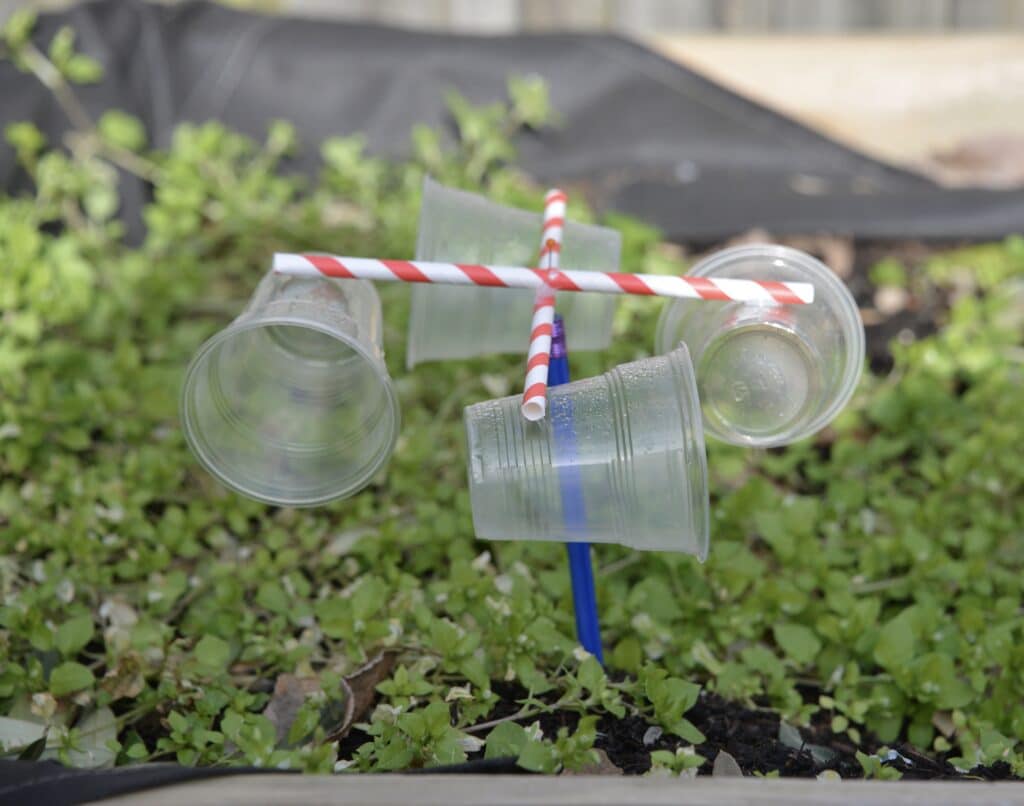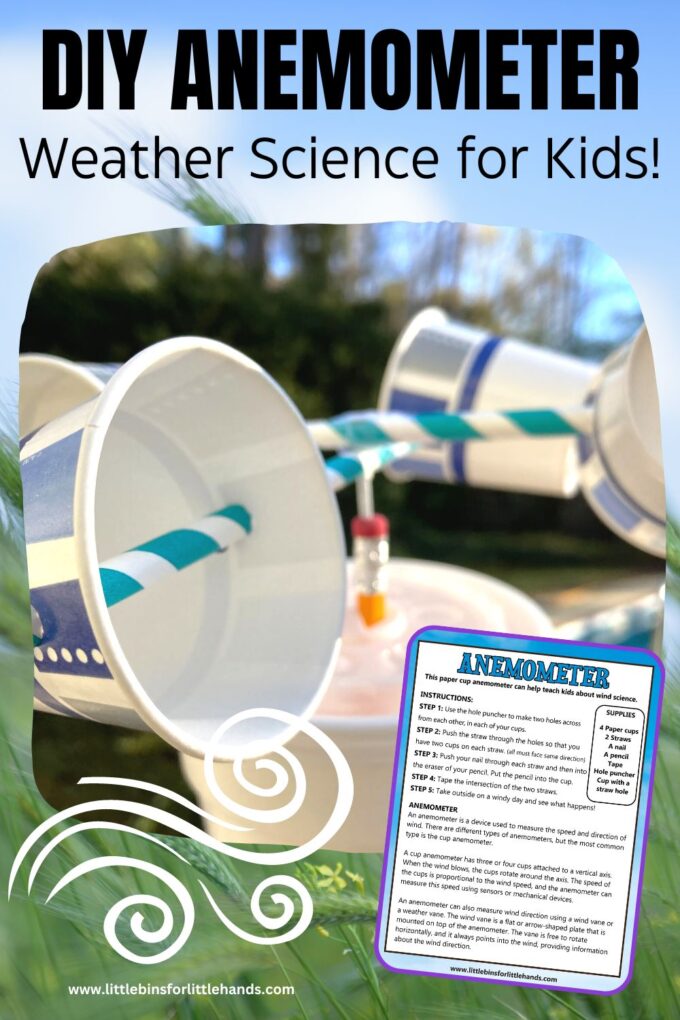Anemometers Revealed: Comprehending Their Value in Ecological Surveillance and Safety And Security Actions
The duty of anemometers in ecological surveillance and safety procedures is often underestimated, yet their significance is indisputable. These tools have a long history rooted in clinical inquiry and technical developments, advancing to come to be vital devices in numerous areas. From weather forecasting to aviation security, anemometers play a critical duty in giving accurate information that informs decision-making procedures and improves general security. Comprehending the ins and outs of anemometers introduces a world of important understandings that are fundamental to our understanding of the environment and the actions we take to ensure safety.
History of Anemometers
The development of anemometers can be traced back to the ancient human beings where primary wind gauging gadgets were initial used. These early wind measurement devices laid the foundation for the development of extra innovative anemometers with time. One of the earliest recognized anemometers was the hemispherical mug anemometer invented by Leon Battista Alberti in the 15th century. This style consisted of 4 hemispherical cups that collected wind power, giving a measurement of its intensity based upon the speed of turning.
Over the years, improvements in technology led to the development of even more modern-day anemometers, including ultrasonic anemometers and laser Doppler anemometers, using boosted precision and performance in determining wind rate and direction. The background of anemometers showcases an impressive journey of development and progression in the field of weather forecasting.
Kinds Of Anemometers
Throughout the area of meteorology, various types of anemometers have actually been established to properly measure wind speed and instructions. Sonic anemometers utilize ultrasonic signals to gauge wind rate and direction properly. Hot-wire anemometers run based on the principle that the cooling effect of wind on a heated cable is symmetrical to the wind rate.
Applications in Meteorology
Having gone over the different types of anemometers used in meteorology for gauging wind speed and direction, it is vital to explore their functional applications in the field. Anemometers play an essential function in meteorology by supplying accurate and real-time data on wind conditions (anemometer). Meteorologists make use of anemometers to monitor wind speed and direction to anticipate weather condition patterns, problem cautions for serious weather condition events like tornados, hurricanes, and typhoons, and examine weather for air travel safety
In weather forecasting, anemometers assist in recognizing neighborhood and local wind patterns, which are vital for forecasting climate modifications and identifying weather trends. These tools are likewise used in study to research microclimates, metropolitan warm islands, and air contamination diffusion. In addition, anemometers are used in farming to maximize crop administration techniques, such as irrigation and chemical application, based on wind conditions.
Significance in Air Travel Safety And Security
An integral aspect of guaranteeing aviation security depends on the careful surveillance of wind problems making use of anemometers. Anemometers play a critical duty in aeronautics by supplying real-time data on wind speed and direction, this website aiding pilots in making notified decisions during landing, liftoff, and trip. Solid and unforeseeable winds can dramatically affect aircraft procedures, making it crucial for air travel authorities to depend on exact wind dimensions to make certain the safety of passengers and crew.

In the vibrant environment of air travel, where even minor changes in wind rate and direction can have profound effects, anemometers stand as essential devices for promoting safe and safe flight.
Role in Environmental Study
Anemometers play an important function in environmental research by offering important information on wind rate and instructions. By precisely measuring wind characteristics, anemometers aid researchers examine the movement of contaminants in the air, assess the impact of industrial exhausts, and forecast the spread of impurities in the environment.


Verdict
Finally, anemometers have played a crucial function in environmental monitoring and precaution. With a rich background and numerous types readily available, these devices have been commonly utilized in meteorology, aeronautics safety and security, and environmental research. Comprehending the relevance of anemometers is crucial for properly measuring wind rate and direction, which is crucial for predicting weather patterns, making certain safe aeronautics procedures, and performing ecological find out here now researches - anemometer. Their payments to these areas can not be taken too lightly.
One of the earliest well-known anemometers was the hemispherical mug anemometer developed by Leon Battista Alberti in the 15th century. Over the years, improvements in innovation led to the development of even more modern-day anemometers, including ultrasonic anemometers and laser Doppler anemometers, supplying raised accuracy and effectiveness in gauging wind speed and instructions. Hot-wire anemometers operate based on the concept that the cooling effect of wind on a warmed cord is symmetrical to the wind speed. Meteorologists utilize anemometers to monitor wind speed and instructions to forecast weather patterns, issue warnings for severe weather events like cyclones, storms, and tornadoes, and assess climatic conditions for aeronautics security.
Understanding the value of anemometers is essential for properly measuring wind speed and direction, which is crucial for anticipating climate patterns, making certain risk-free air travel operations, and performing ecological researches. (anemometer)